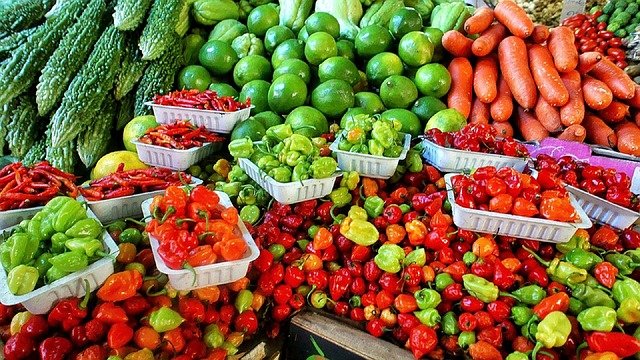Use of blockchain be used to empower farmers in agriculture?
In our ever more connected world, we are seeing how blockchain is now being used to empower producers allowing them to show the value in their product and connect with the end consumer - even if they sell to big supermarket chains! Walmart is giving visibility of where produce incomes from using blockchain technology. Walmart's employees can see exactly where the fruits and vegetables grow whilst communicating with Customers. This empowers farmers to showcase their product and the work that goes into producing it. Creating greater, more personal connections with consumers that support sales.
Farmers are exposed to price volatility; however, farmers are able to minimize some or all of their risk through the use of derivatives. The process of minimizing risk is referred to as hedging. Farmers are able to hedge their risk either through future contracts or forward contracts. A future contract is a standardized forward contract traded on an exchange, which makes them safer; however, transaction costs could be high. Because the contracts are standardized and they have to be processed through a clearinghouse, farmers do not have as much flexibility as they would have with a forward contract.
Now, the problem with the forward contract is counterparty risk, which is the risk that other party may default. For example, who would buy a penny-worth of potatoes 6 months later, if the specified price in the contract is £2 per kilo?
It turns out that forward contracts are less expensive but less safe. So, blockchain could work out these issues namely with BANKEX new service called Digital Deal. As an example, farmer (A) sells buyer (B) a forward contract and records the terms of the contract on the blockchain. B then sends money to an escrow account. The escrow account working in conjunction with a smart contract will maintain the asset value through a process called marked-to-market. Like a futures clearinghouse, a margin has to be maintained on a daily basis. If the asset value drops below a specific value, then a margin call is triggered automatically.
If B defaults on the margin call, his actions are stored on the blockchain, so he will lose credibility, and thus, fewer farmers will do business with him. With this great features possessed by blockchain, it will motivate both the farmers and consumers as well as increase farmers income.
##Problems faced by farmers
Many small farmers around the world–while operating demonstrably profitable businesses– suffer from a range of geographic, technological, and financial issues that hinder their ability to sustain and grow their operations. These issues include the lack of local financial services, lack of access to investors and investment networks, as well as prohibitively high costs and interest rates when these services and networks are available. Binkabi, a London-based start-up that tokenizes agricultural commodities using Blockchain Technology (BT) to boost agriculture trading in Africa believes that the major issues farmers are facing are middlemen, a high cost of funding assets, and low income and high risk.
Inversely, investors generally do not have access to–or often even awareness of–these opportunities that, while typically smaller than more traditional investment projects, frequently provide outsized long-term financial returns, positive social impact, and tangible benefits for those receiving the funding.
##How the use of blockchain can help farmers
Blockchain or chain of blocks is a shared and distributed database, which acts like an immutable record book. Every time an entry is registered in this registry book, it is marked with a unique code that positions that entry in the sequential place that corresponds to it.
In agriculture, the above means that farmers/producers can use sensors and portable devices to collect data on crops.
This information is entered into the blockchain and may include factors such as pH levels, salt, and sugar content, as well as location markers to link the entrance to processing plants and other points in the production and distribution chain.
- Farmers can determine by sensors when a plant is ready to be harvested, which in turn can be communicated to customers and other partners in the chain. In addition, by sharing data from the beginning of the growth process of a crop, an orchard can give its partners a notion about the next availability, which will help the whole chain to organize better and not have to look for products, services pollination or harvest or availability of freight at the last minute.
USE CASES
READ COMPLETE POST HERE; https://www.coinratecap.com/en/blog/how-can-blockchain-be-used-to-empower-farmers-in-agriculture
Upvote and Resteem
Twitter: https://twitter.com/coinratecap
Telegram: https://t.me/coinratecap
Facebook: https://facebook.com/coinratecap
Have any suggestion? Drop on the comment box below.
